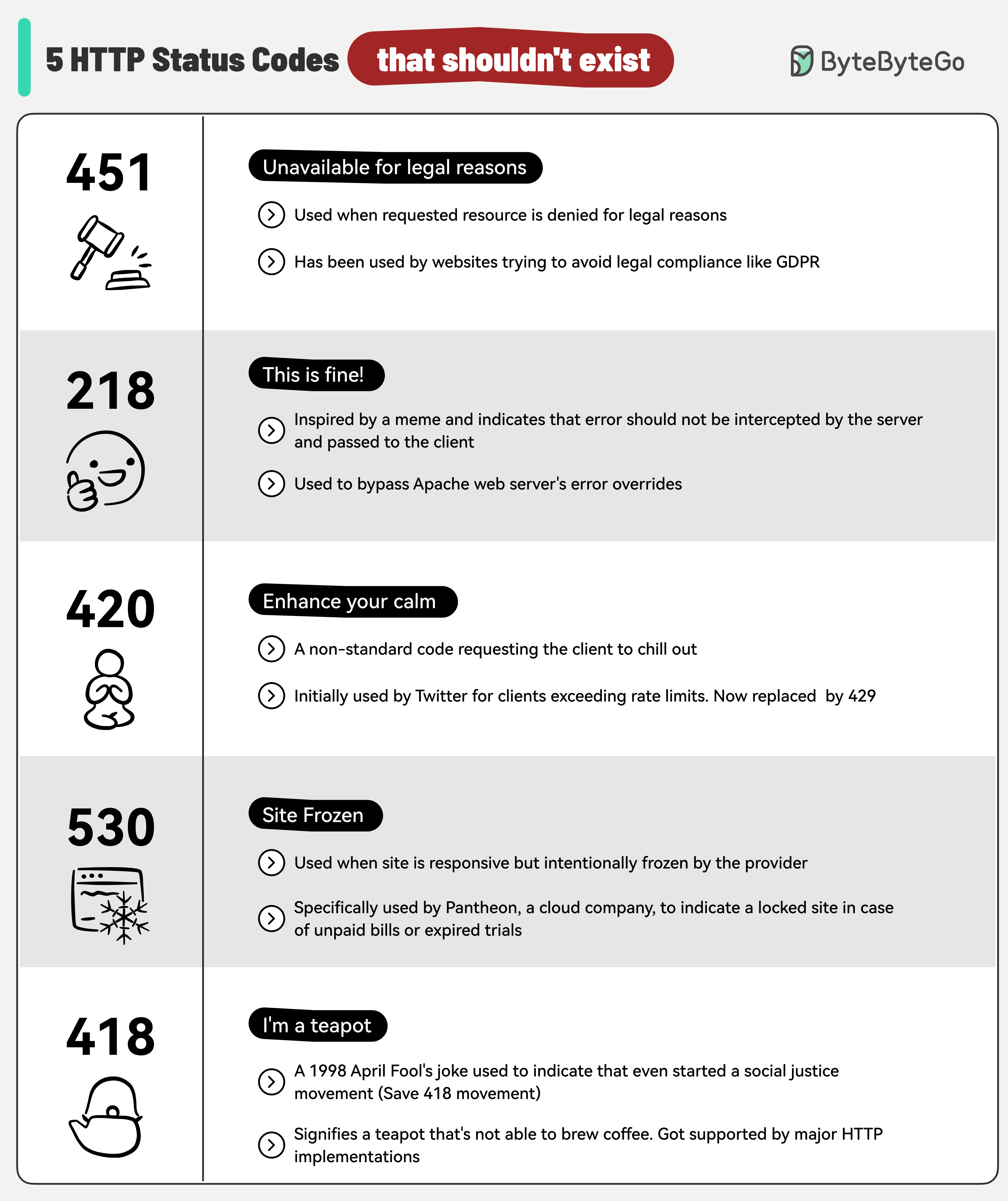Load balancers are inherently dynamic and adaptable, designed to efficiently address multiple purposes and use cases in network traffic and server workload management.

Let’s explore some of the use cases:
- Failure Handling: Automatically redirects traffic away from malfunctioning elements to maintain continuous service and reduce service interruptions.
- Instance Health Checks: Continuously evaluates the functionality of instances, directing incoming requests exclusively to those that are fully operational and efficient.
- Platform Specific Routing: Routes requests from different device types (like mobiles, desktops) to specialized backend systems, providing customized responses based on platform.
- SSL Termination: Handles the encryption and decryption of SSL traffic, reducing the processing burden on backend infrastructure.
- Cross Zone Load Balancing: Distributes incoming traffic across various geographic or network zones, increasing the system’s resilience and capacity for handling large volumes of requests.
- User Stickiness: Maintains user session integrity and tailored user interactions by consistently directing requests from specific users to designated backend servers.
